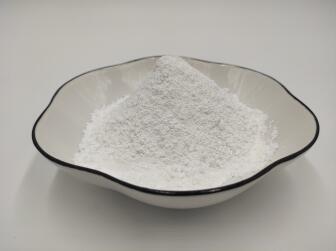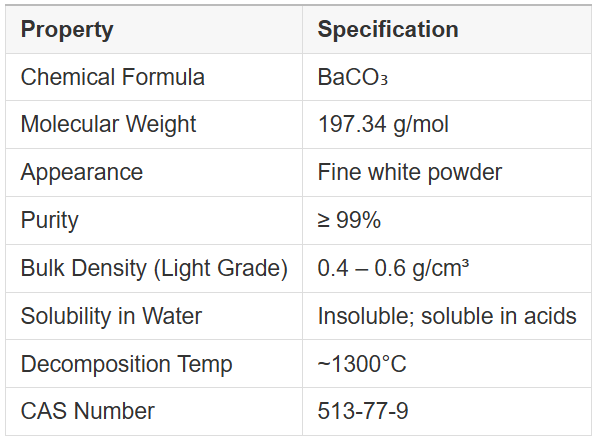Industrial Barium Carbonate Light
Traditional industries
Ceramic industry: Barium carbonate is an important component of glaze and pigment in ceramic manufacturing, which can significantly improve the whiteness and gloss of ceramic products, enhance their hardness and wear resistance, and thus extend the service life of the products.
In addition, barium carbonate can also adjust the melting temperature and viscosity of glaze, optimize the firing process, and reduce energy consumption.Glass manufacturing: In the glass industry, barium carbonate is added to glass raw materials as a clarifier, which can effectively remove bubbles and impurities in the melting process and improve the transparency and purity of the glass. Especially in high-precision fields such as optical glass and electronic glass, the application of barium carbonate is indispensable.
Electronic industry: Barium carbonate is used in the electronics industry to produce key components such as electronic ceramics, capacitors and resistors. Its excellent electrical properties ensure the stability and reliability of electronic products. With the development of emerging industries such as new energy vehicles and 5G communications, the demand for high-performance electronic components has increased, and the application prospects of barium carbonate are broader.
Other industrial applications: Barium carbonate is also used to manufacture cathode ray tube glass shells, purify water, produce pigments and coatings, etc.
In addition, it is also used to make fireworks, flares, rodenticides and water clarifiers.


